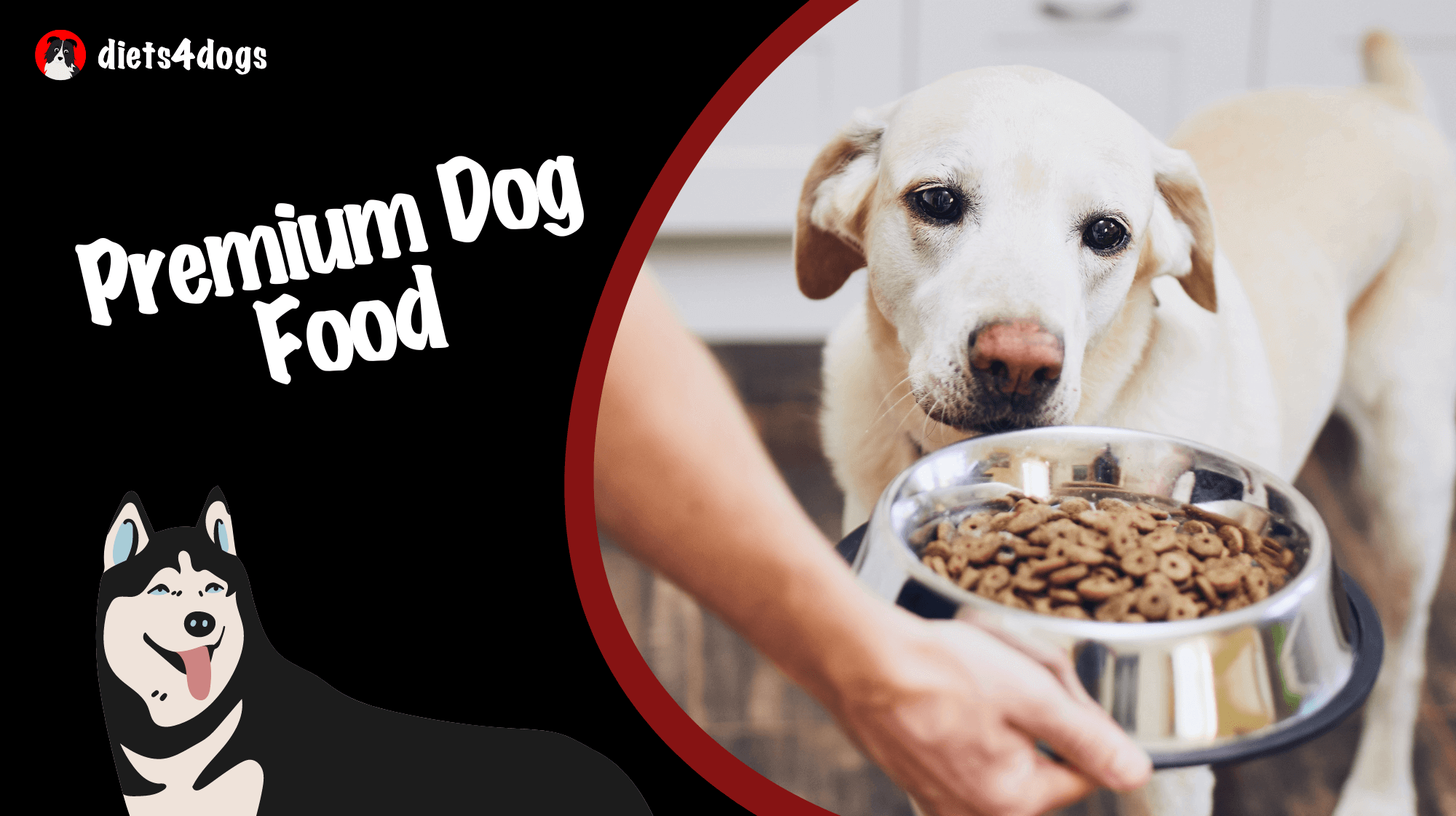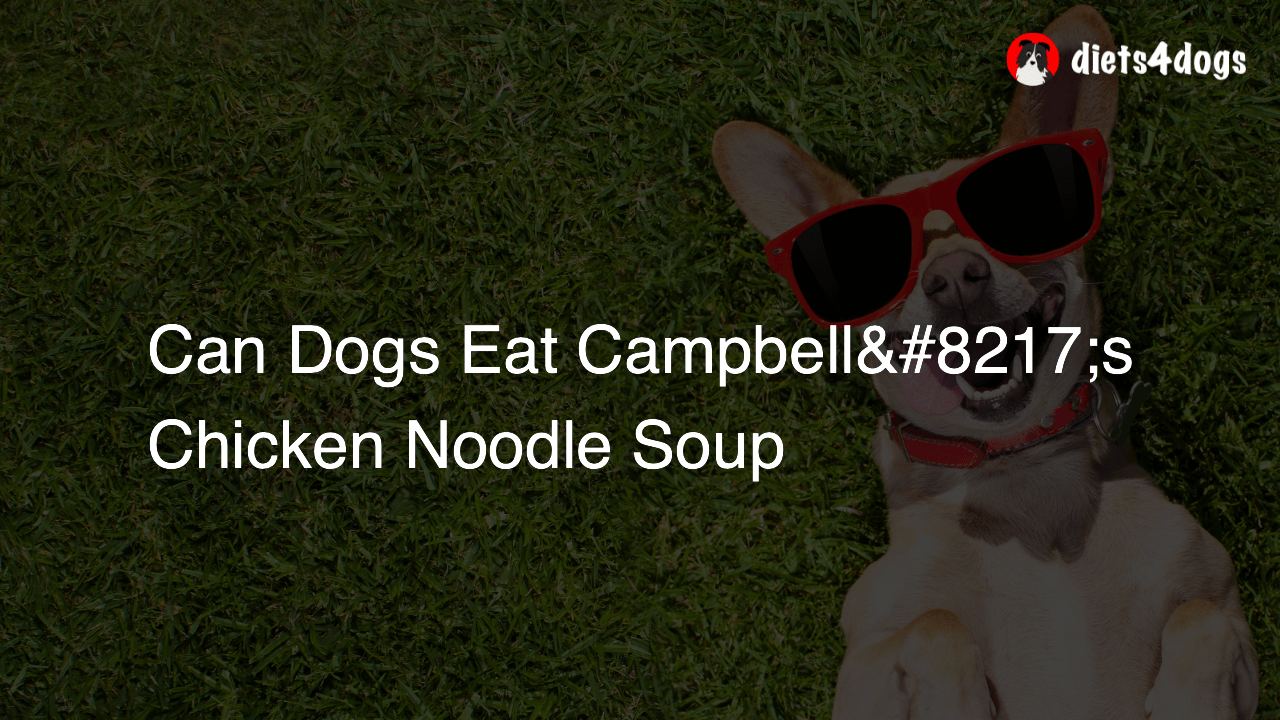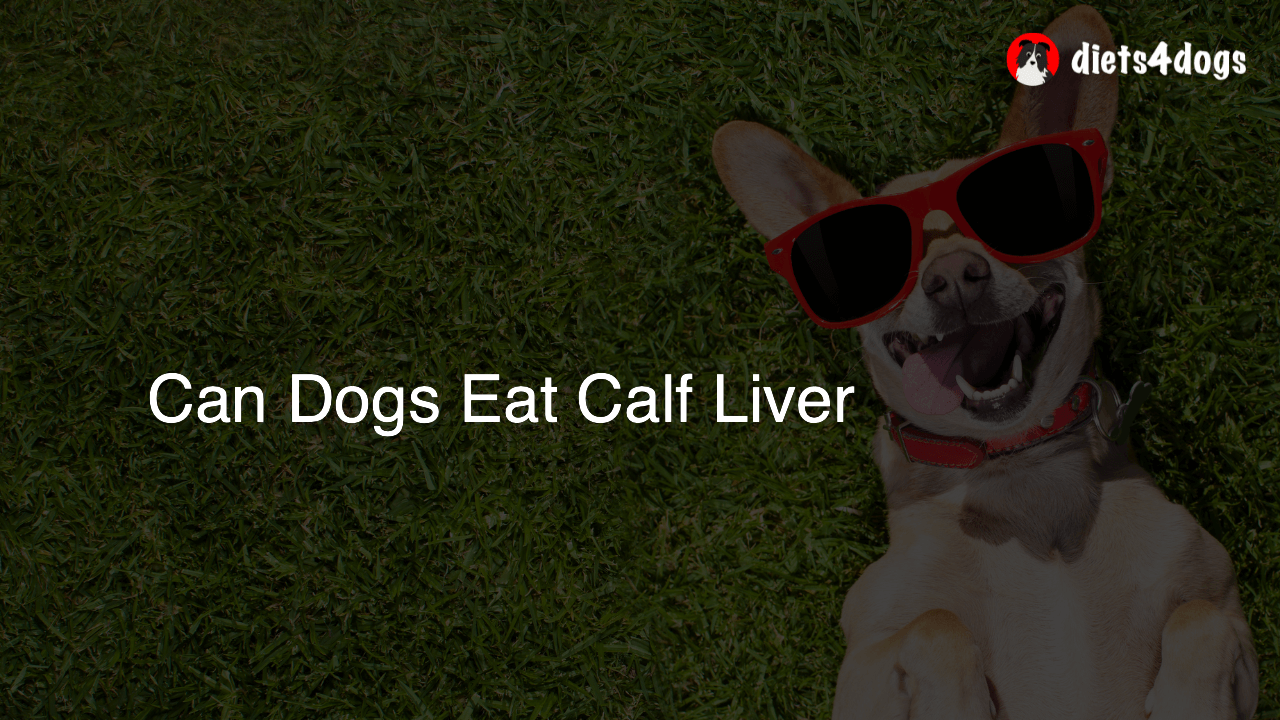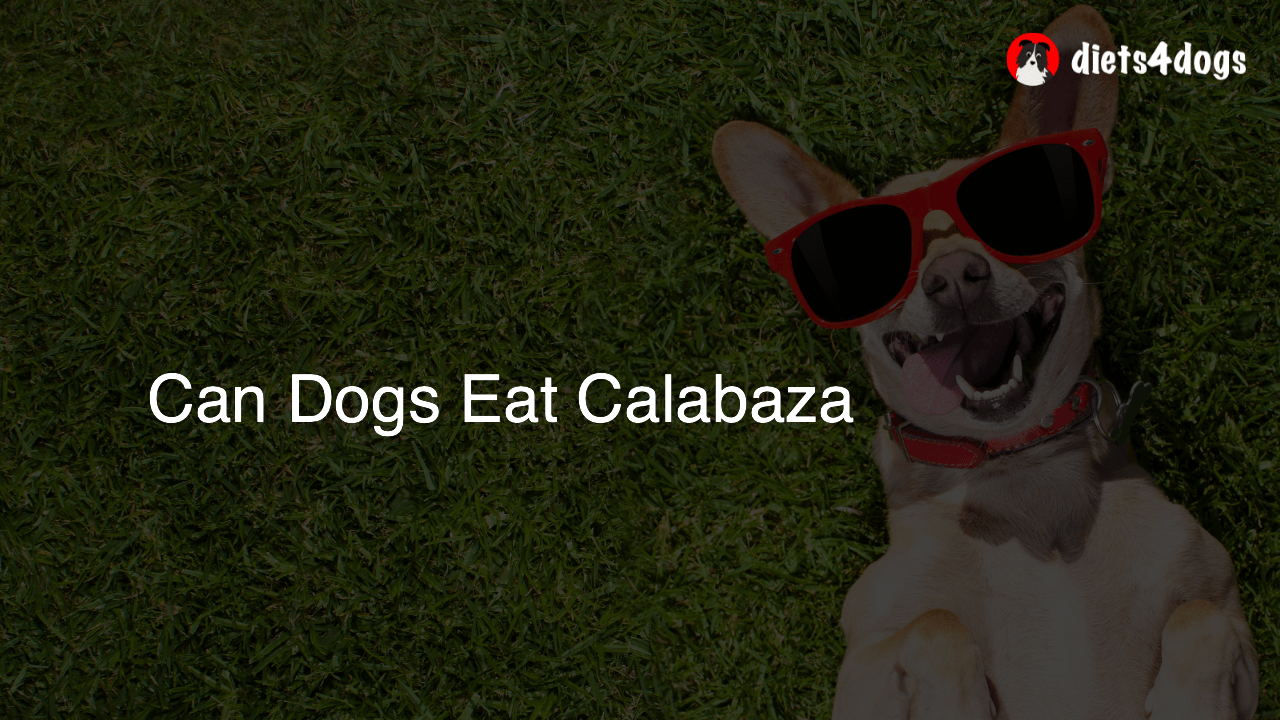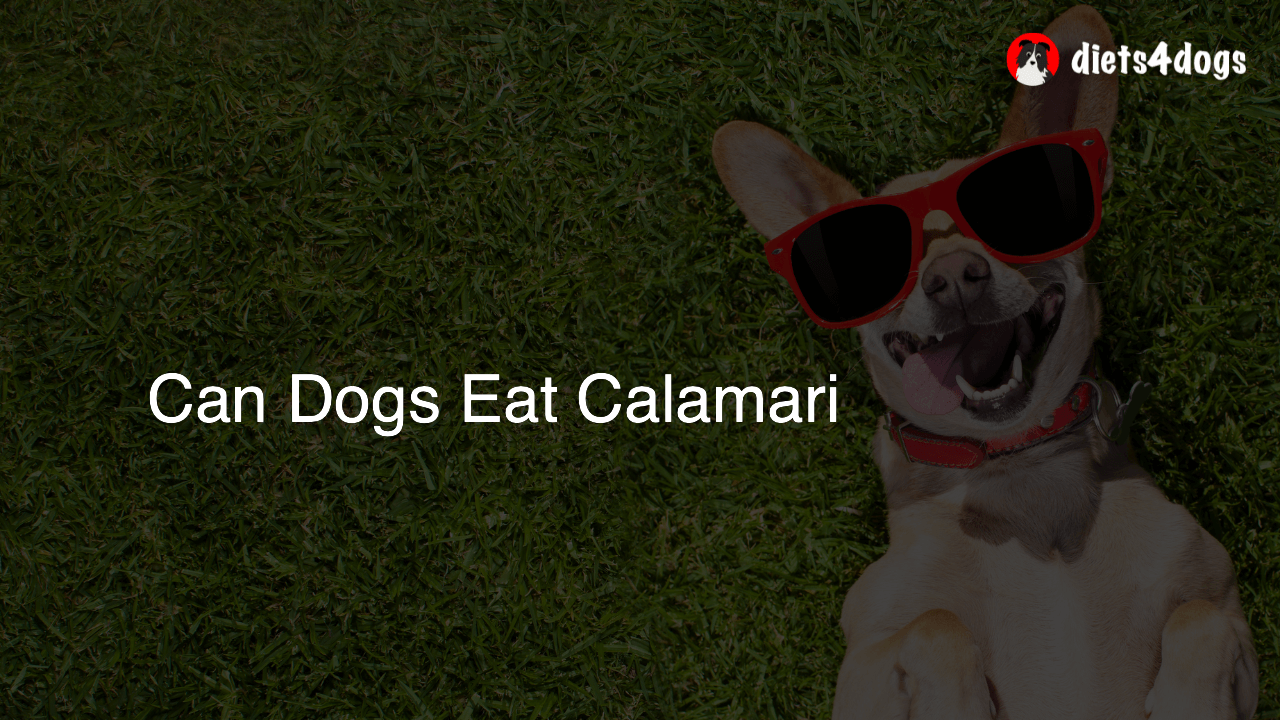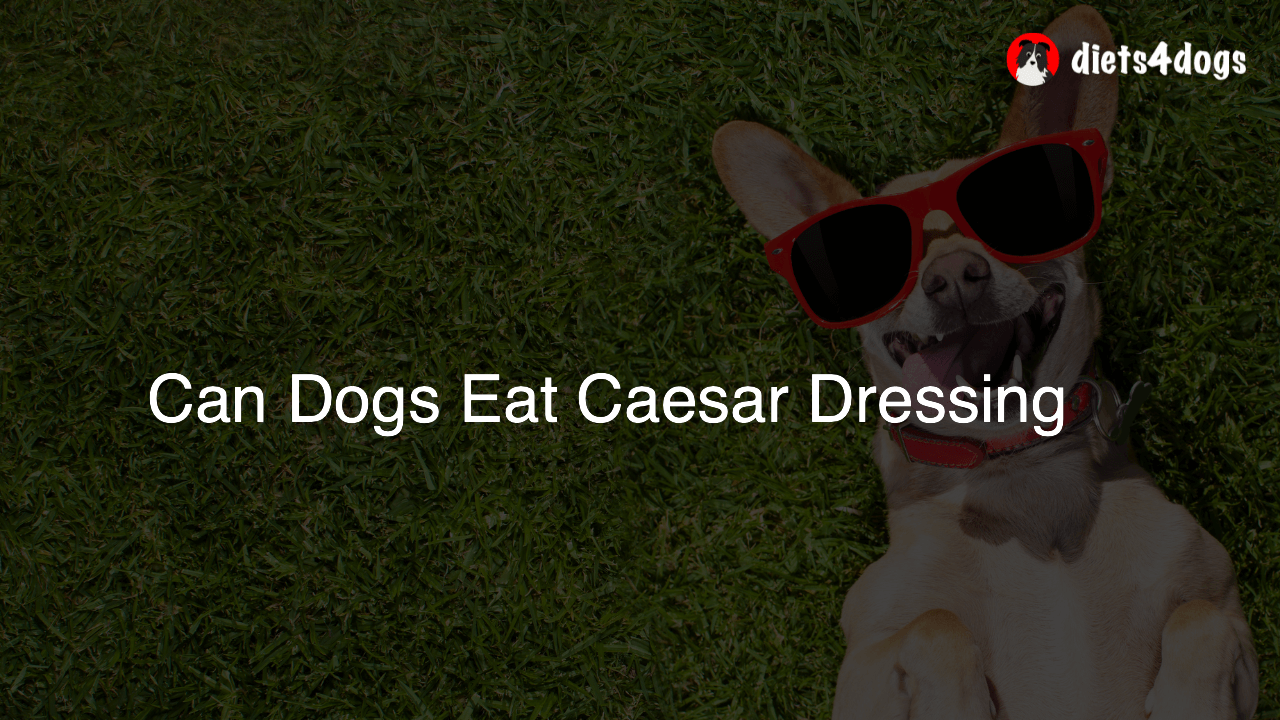Can Dogs Eat Ham Slices
While dogs can consume ham slices in small amounts, it is not recommended as a regular part of their diet. Ham is high in sodium and fat, which can lead to health issues such as obesity, pancreatitis, and heart problems. Offer healthier, lean protein sources like chicken or turkey for a more suitable treat.
Can Dogs Eat Ham Slices?
As a dog owner, you want to know what’s best for your furry friend. We love treating our pets and giving them a little taste of what we eat, but not all human food is suitable for dogs. So, let’s take a look at whether dogs can eat ham slices, their potential effects on your dog’s health, and alternative options to keep your canine companion safe and healthy.
The Nutritional Content of Ham Slices
Ham slices are generally made from pork, which is a source of protein for both humans and dogs. However, the way ham is processed can make it less healthy than many other protein options. Specifically, ham is often high in sodium, nitrates and fat, which can make it less ideal as a dog treat or part of dog food.
Health Concerns Associated with Feeding Ham Slices to Dogs
High Sodium Content
The high salt content in ham slices can be harmful to dogs in large quantities. Overconsumption of sodium can lead to digestive upset, excessive thirst, and increased urination. In extreme cases, high levels of sodium might even result in sodium ion poisoning, which can be fatal for dogs.
Excess Fat
Ham slices also contain high levels of fat, which can contribute to obesity and weight gain in dogs. Feeding your dog high-fat foods on a regular basis can lead to health issues such as pancreatitis, an inflammation in the pancreas caused by the presence of excessive fat. Pancreatitis often requires hospitalization and can be life-threatening if not treated in time.
Nitrates and Preservatives
Processed meats like ham slices frequently contain preservatives such as nitrates, which can have adverse effects on your dog’s health. Nitrates have been linked to the development of certain types of cancer in both humans and animals. While an occasional ham slice is unlikely to cause harm, it’s best to avoid including it as part of your dog’s regular diet.
Alternatives to Ham Slices for Your Dog
Lean Protein Options
Instead of feeding your dog ham slices, opt for healthier, lean protein sources like chicken, turkey, or fish. These options are lower in sodium and fat, making them better suited for inclusion in dog food or as an occasional treat. It’s important to remove any bones, skin, or excess fat before feeding these proteins to your dog.
Vegetables and Fruits
Many vegetables and fruits are safe for dogs to consume and offer a healthier alternative to ham slices. Examples of dog-friendly fruits and vegetables include carrots, green beans, blueberries, and apples (without seeds or core). Always introduce new food items slowly and in small amounts to monitor your dog’s reaction.
Commercial Dog Treats
When in doubt, choose a high-quality commercial dog treat that has been specifically designed for canine consumption. These treats are formulated with your dog’s nutritional needs in mind and minimize the risk of harmful ingredients or additives.
In conclusion, while dogs can technically eat ham slices, it’s best to avoid making them a regular part of your dog’s diet. The high sodium, fat, and nitrate content can lead to health issues over time. Seek out healthier alternatives like lean proteins or specially formulated dog food in order to ensure your pup’s wellbeing.
How to Safely Feed Ham Slices to Dogs
If you occasionally choose to give your dog a small piece of ham, there are some safety tips to keep in mind. Adhere to these guidelines to minimize potential risks and ensure a positive experience for your furry friend:
Remove Excess Fat and Seasonings
Before giving your dog a piece of ham, trim away any excess fat and rinse the ham under running water to remove any surface salt and seasoning. By doing this, you can minimize the unhealthy components and bring down the sodium content.
Small Serving Size
Ensure that you only give your dog a small serving size of ham. A general rule is to keep treats limited to 10% of your dog’s daily caloric intake. By giving them just a small piece, you can avoid causing digestive issues or excessive weight gain.
Observe for Any Adverse Reactions
After feeding your dog a piece of ham, monitor their behavior and digestion for any signs of an adverse reaction. If your dog shows symptoms such as vomiting, diarrhea, or lethargy, avoid giving them ham in the future and consult your veterinarian for advice.
Treating Your Dog on Special Occasions
During holidays or other festive occasions, many dog owners want to include their pets in the celebrations by sharing a special treat. While ham should not be a regular part of a dog’s diet, it’s understandable that you may want to offer a small piece on occasion. Keep the following tips in mind:
Choose Low-Sodium Ham
Select a low-sodium ham, which typically has less salt compared to traditional ham options. This can help minimize the risks of excessive sodium intake for your dog.
Prepare a Special Dog-Friendly Feast
Rather than just sharing a slice of ham with your dog, consider preparing a special dog-friendly meal for the occasion. You can create a balanced plate with small amounts of lean protein (like cooked chicken), alongside dog-safe fruits and vegetables. This way, your dog can join in the festivities without compromising their health.
When it comes to feeding your dog, making informed choices and maintaining a balanced diet is critical for their overall health and wellbeing. While it’s fun to give your dog a special treat, always be cautious and consider the potential effects on their health. By doing so, you’ll be providing your dog with the best possible care and promoting a long, healthy, and happy life.
Frequently Asked Questions (FAQ)
Below, we’ve compiled a list of frequently asked questions related to feeding ham slices to dogs. If you’re curious about safe food options for your canine companion, these questions and answers provide helpful guidance and valuable insights.
1. Can dogs eat ham bones?
No, dogs should not be given ham bones. Cooked ham bones can splinter and cause choking hazards or intestinal blockages. They may also lead to injury if the bones penetrate or obstruct their digestive tracts. It’s best to stick with dog-safe chew toys or specially designed dental chews to keep them entertained.
2. Can dogs eat raw ham?
Feeding your dog raw ham is not recommended, as uncooked pork products can contain harmful bacteria such as Salmonella and E. coli, which can cause serious illness in your pet. Always cook any meats thoroughly before feeding them to your dog.
3. Can dogs eat deli ham?
Dogs can consume deli ham in small amounts, but it’s not a recommended treat. Deli ham is typically high in sodium, fat, and preservatives, making it a less than ideal choice for your dog. Healthier alternatives include lean protein sources like cooked chicken, turkey, or fish.
4. What are the symptoms of sodium ion poisoning in dogs?
Symptoms of sodium ion poisoning may include vomiting, diarrhea, excessive thirst, increased urination, poor balance or coordination, muscle tremors, seizures, and in severe cases, coma or even death. If you suspect your dog has consumed too much salt, contact your veterinarian immediately for assistance.
5. What can I give my dog for a special treat?
Consider offering your dog small amounts of lean proteins (e.g. cooked chicken, turkey, or fish) without added salt or seasonings, dog-safe fruits and vegetables like apples, carrots or green beans, or high-quality commercial dog treats specifically formulated for canine consumption.
6. Are there any dog-safe alternatives to ham?
Yes, some dog-safe alternatives to ham include lean proteins like chicken or turkey. You can also offer your dog cooked fish, such as salmon or whitefish, as a healthier treat option. Make sure to remove bones before serving.
7. How much ham can I safely give my dog?
It’s recommended to limit treats (including ham) to no more than 10% of your dog’s daily calorie intake. That said, due to the high sodium and fat content in ham, it’s best to offer even smaller portions infrequently and choose healthier alternatives when possible.
8. Can I give my dog ham-flavored dog food?
Ham-flavored dog food products that are specifically designed for canine consumption are generally safe for dogs. Be sure to check the ingredient list and opt for high-quality products that use natural flavorings and minimal additives.
9. Can dogs eat canned ham?
Canned ham is typically high in sodium and preservatives, making it a poor choice for dogs. Choose leaner protein sources, like cooked chicken or turkey, or opt for high-quality dog treats instead.
10. Can dogs eat bacon instead of ham?
Bacon is similarly high in fat and sodium content compared to ham, making it an unhealthy choice for dogs. For their safety and wellbeing, it’s best to offer dogs healthier protein sources or dog-safe treats as an alternative.


